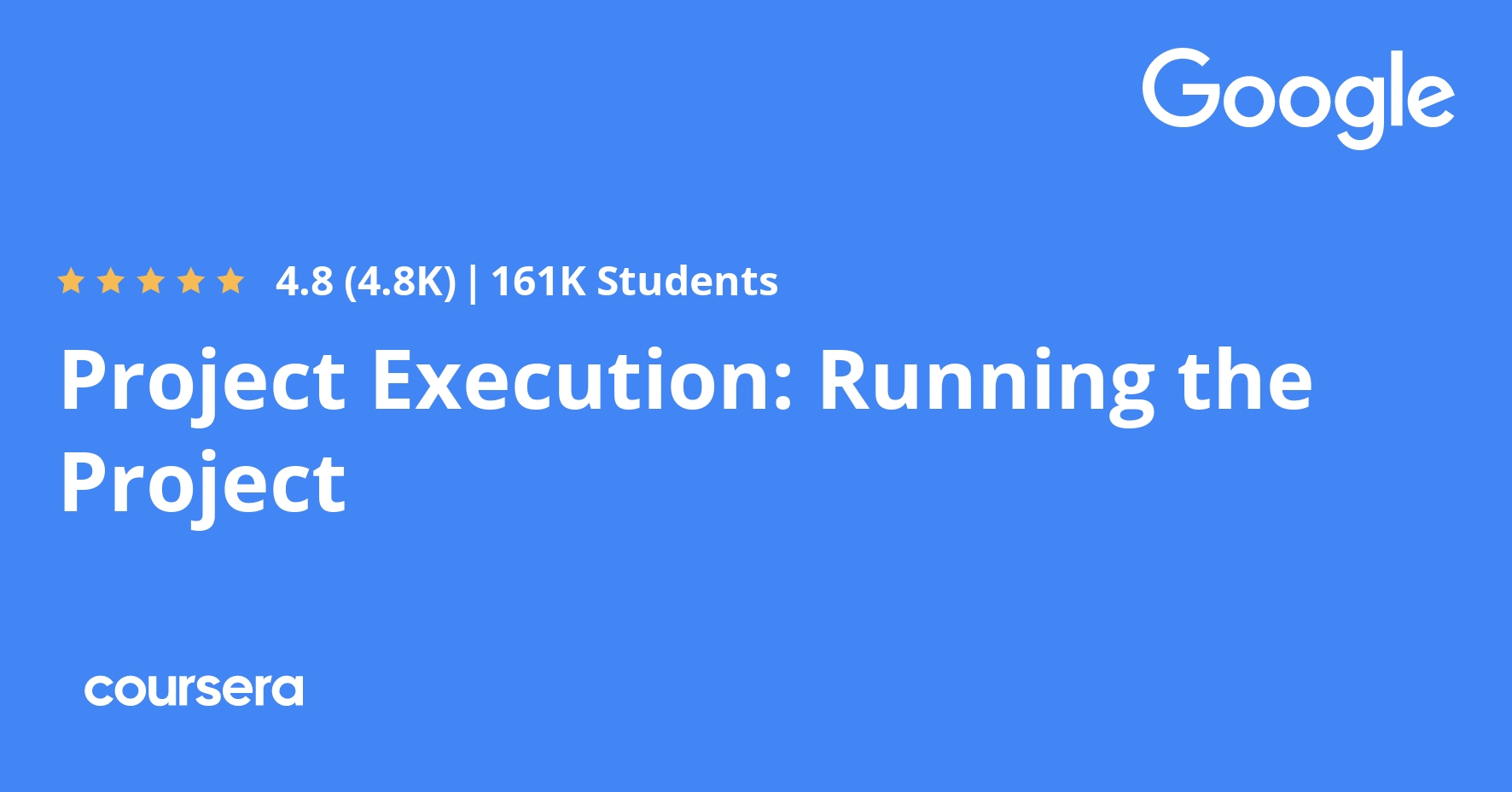Description
An introduction to the main themes of the American Constitution—popular sovereignty, separation of powers, federalism, and rights.
What you will learn
Welcome!
This first module will help you get your bearings before diving into America’s Written Constitution. You can watch a brief introduction to the course, learn about quizzes and writing assignments, and find out what you can look forward to learning. This section also provides you with a copy of The Document itself. There is no need to read through it right away, Our hope is that you will follow along as Prof. Amar works his ways through it over the course of the next 14 modules. Good luck, and we hope you enjoy the experience!
In the Beginning
Ready to get started? Good. In this module, you’ll take a guided tour of the Preamble and learn how one sentence changed the world.
New Rules for a New World
In this module you will learn how geography, democracy, wealth, and race affected the structure of our legislative branch. Prof. Amar will explain the underlying factors behind decisions on Senatorial term limits, age qualifications, salaries and much more.
Congressional Powers
This entire module is devoted to just one section of one article of the U.S. constitution. It is the longest, and arguably, most important section of The Document. Article 1, Section 8, enumerates the powers held by Congress. Join Professor Amar, as he discusses the implications of these powers, including regulation of trade, creation of an army and navy, and the levying of taxes.
America’s First Officer
In this module you’ll find out what about George Washington made him so uniquely qualified for the task of being our nation’s first president. Learn how his actions before, during, and after his time in office set precedents which are still followed today.
Presidential Powers
As the title of this module suggests, you will be hearing about the specific powers held by the President of the United States. Learn how the presidential pardon is directly related to national security and why the veto power is nearly insurmountable. Prof. Amar will also point out how in a small number of situations, the President of the United States is even more powerful than the King of England.
Judges and Juries
The judicial branch of the U.S. today only vaguely resembles what framers had in mind. In this section you’ll learn you about the decisions the men behind the judicial branch’s expansion in power and in scale.
States and Territories
Article 4 of the Constitution outlines the interrelationship between States and territories. In order for this emerging country to succeed, the framers knew states would need to start thinking of themselves as parts of the same whole. To achieve this, rules needed to be set in place for interstate trade and travel. Prof. Amar will introduce the concept of Horizontal Federalism, looking specifically at how the Constitution accounts for the differences between state laws on slavery and voting rights. Finally you’ll learn about the Taney-led Supreme Court, whose rulings on racial laws would help set America down the path to civil war.
The Law of the Land
What’s the difference between a treaty and a statute? Which takes precedent? In this module Prof. Amar takes you through article 7 of the Constitution. Along the way you’ll learn the difference between laws, treaties, resolutions, and statutes. Learn how each one comes into being and how the inherent democracy of each determines their place in the hierarchy.





